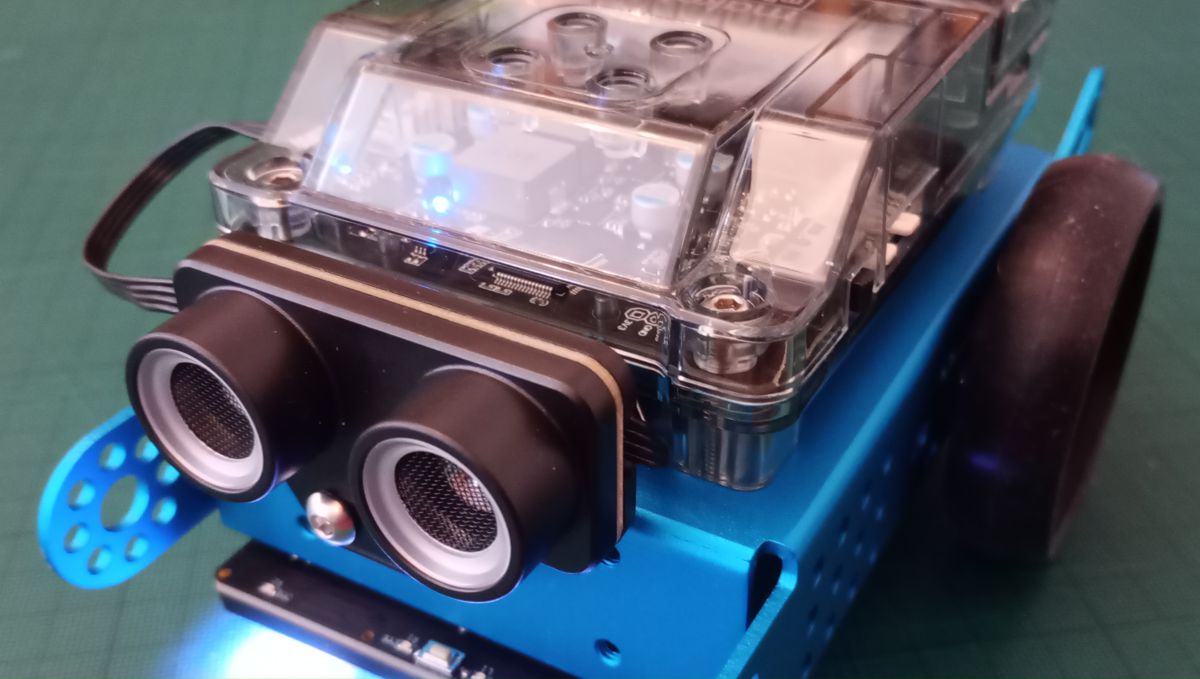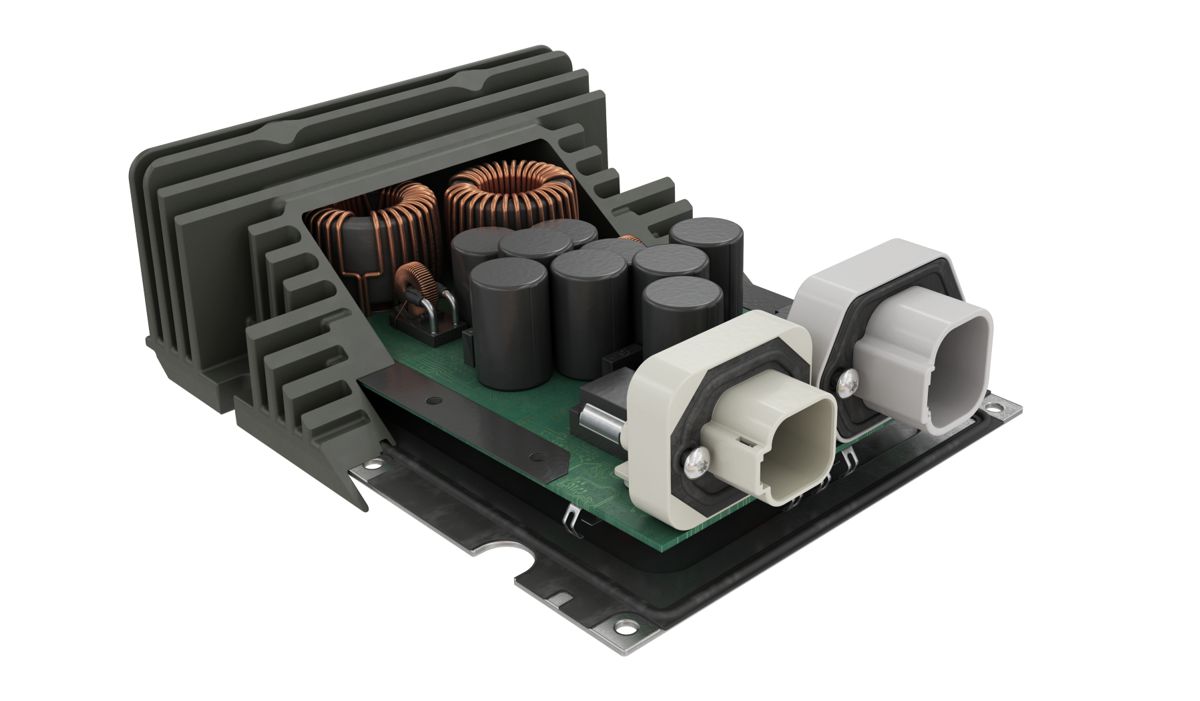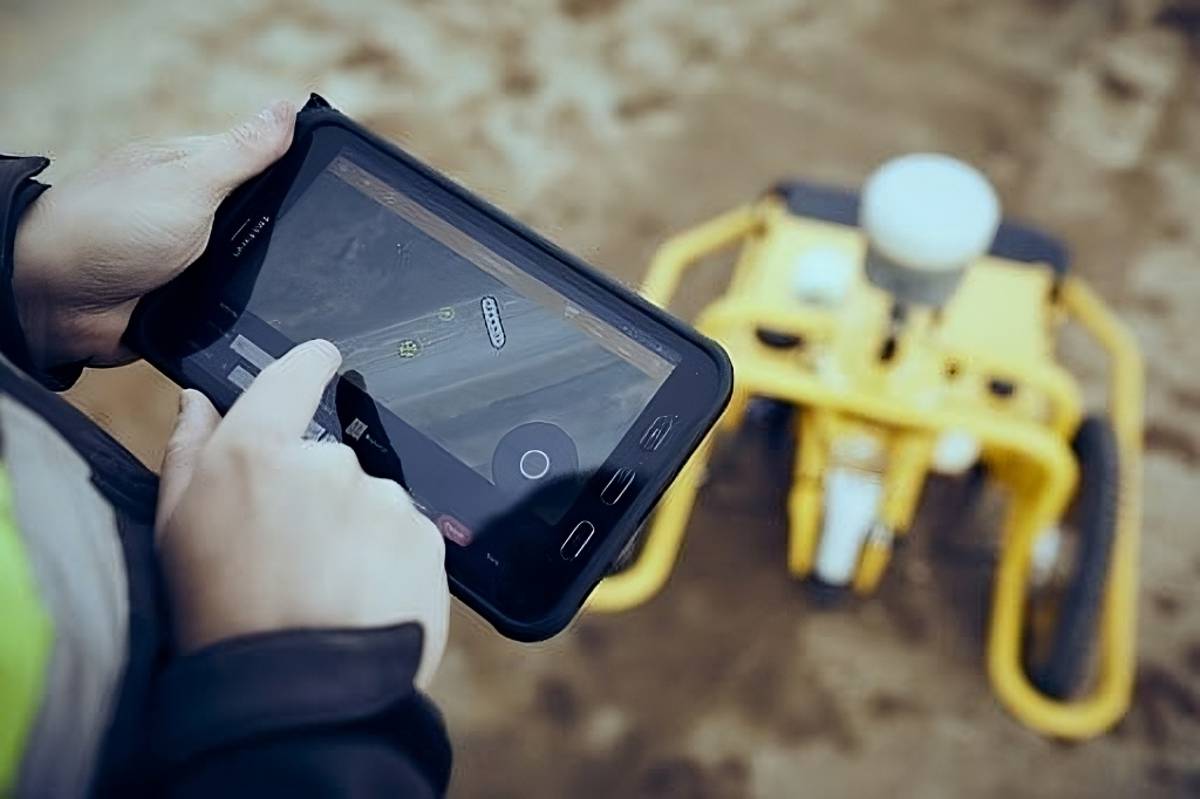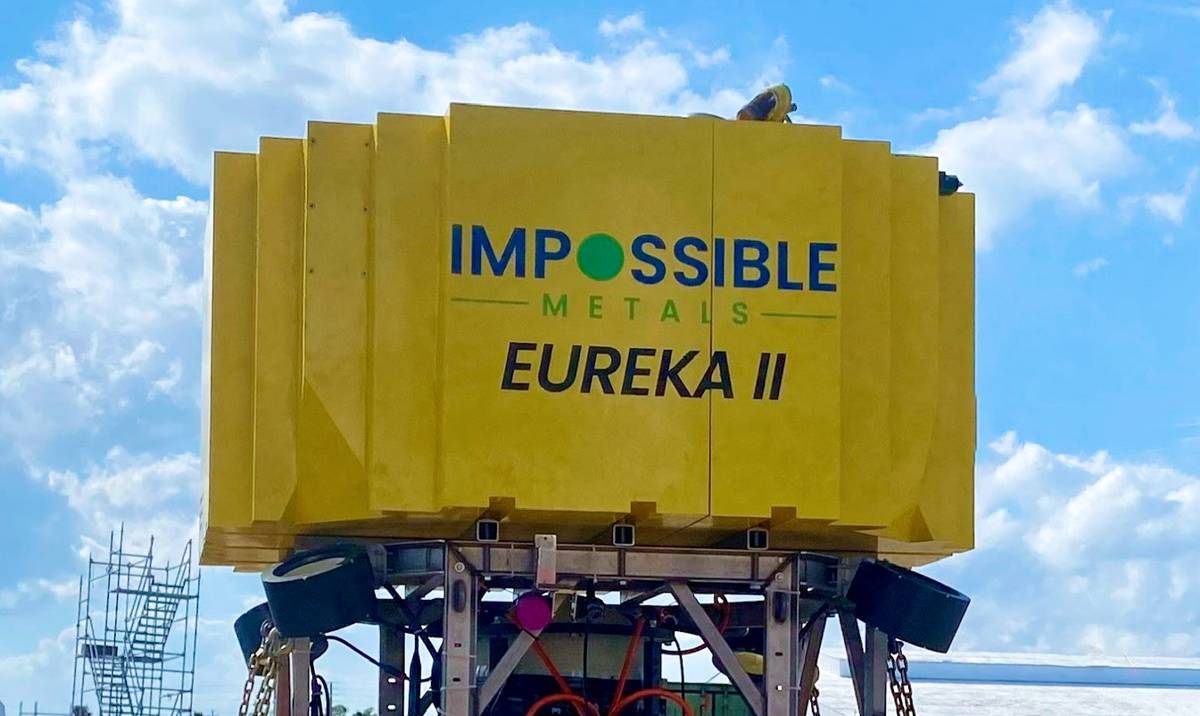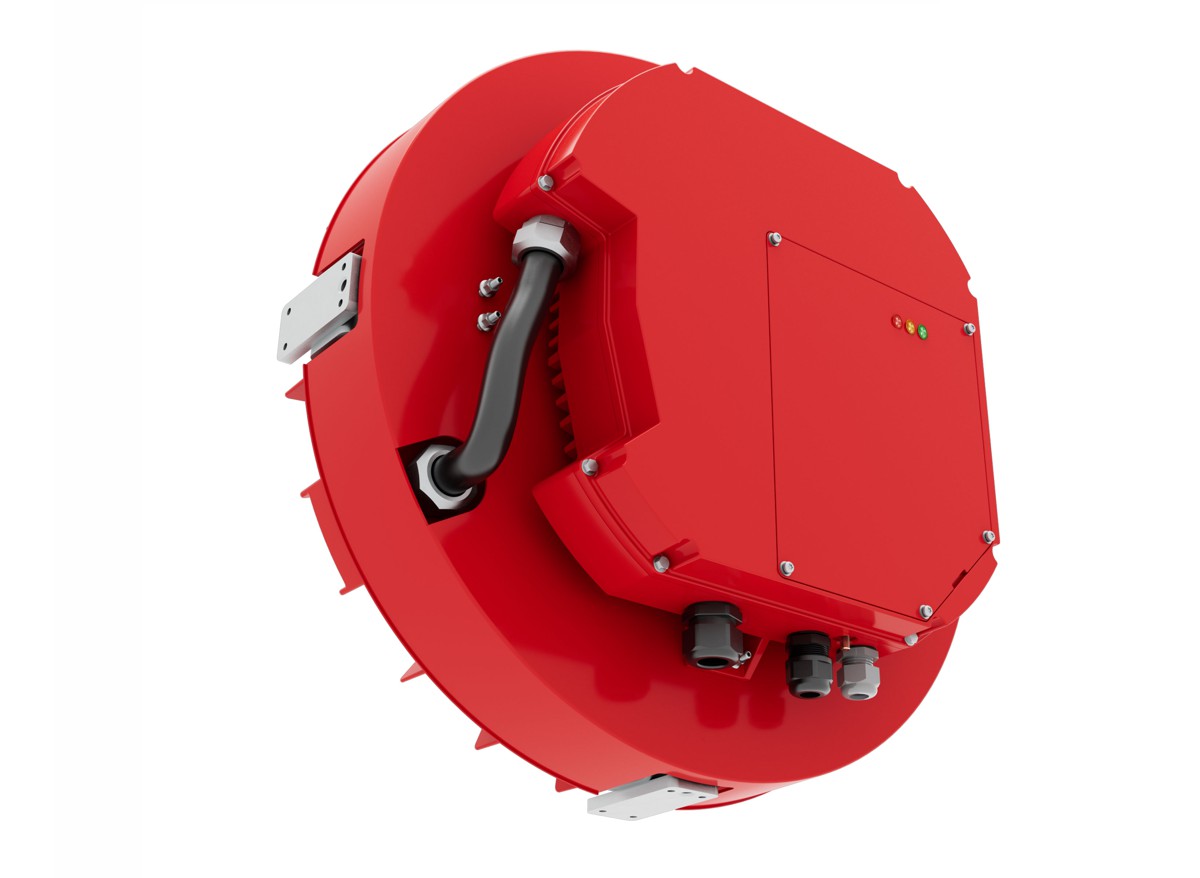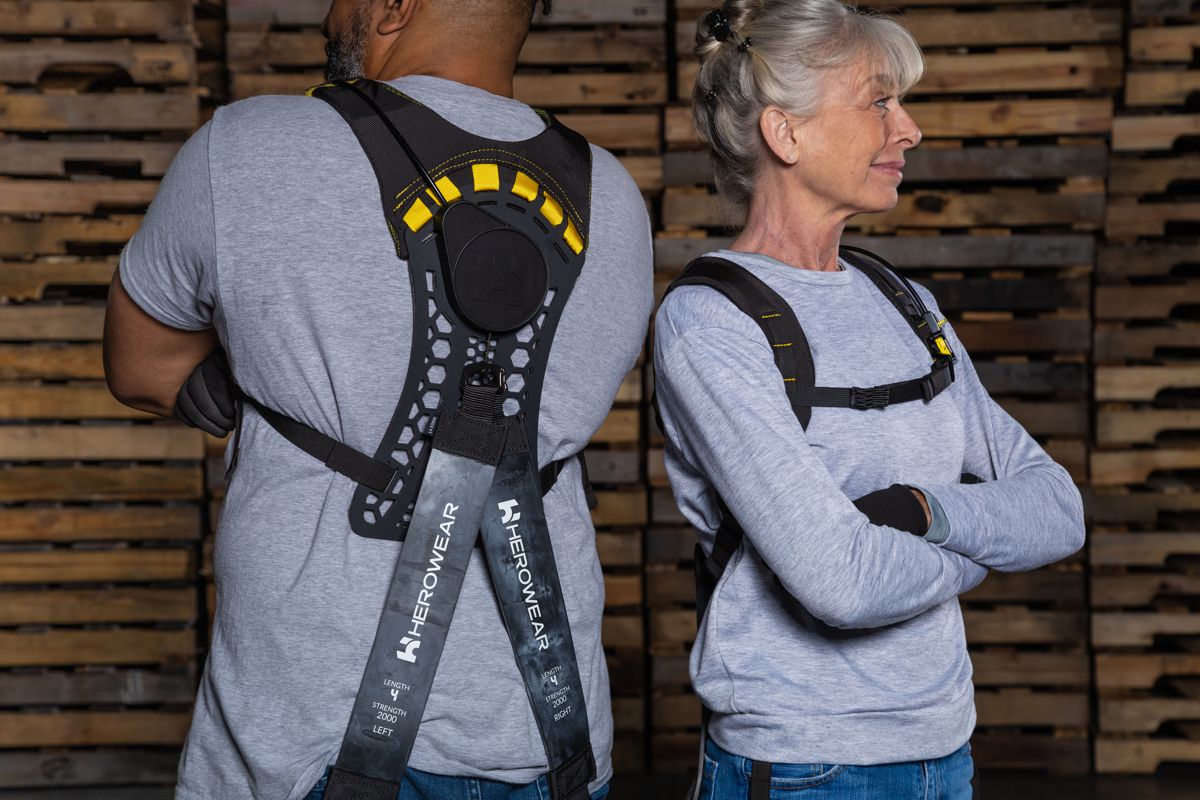How laser marking streamlines the expansion of the robotics industry
As the robotics industry expands, manufacturers and engineers are looking for methods to optimise their production processes. Many are turning to laser marking technology, which is rapidly being employed to meet the industry’s high quality and regulatory requirements.
Modern laser marking offers consistent, precise results with better cost-efficiency, reliability, and output quality compared to older marking technologies. In this article, we will look at how laser marking technology is used in robotics applications and how adopting laser technology can ensure the successful expansion of your manufacturing processes.

Integrating laser part marking in robotics
As the robotics industry becomes more significant in the modern industrial world, engineers must be aware of the latest technologies available for coding and labelling robotic units. Thankfully, laser marking technologies have enabled large-scale robot deployment throughout industries globally – and the UK’s laser technology is at the forefront of this boom.
Learning about these modern laser marking systems is critical for engineers searching for a dependable approach to integrating robotic component marking into their operations.
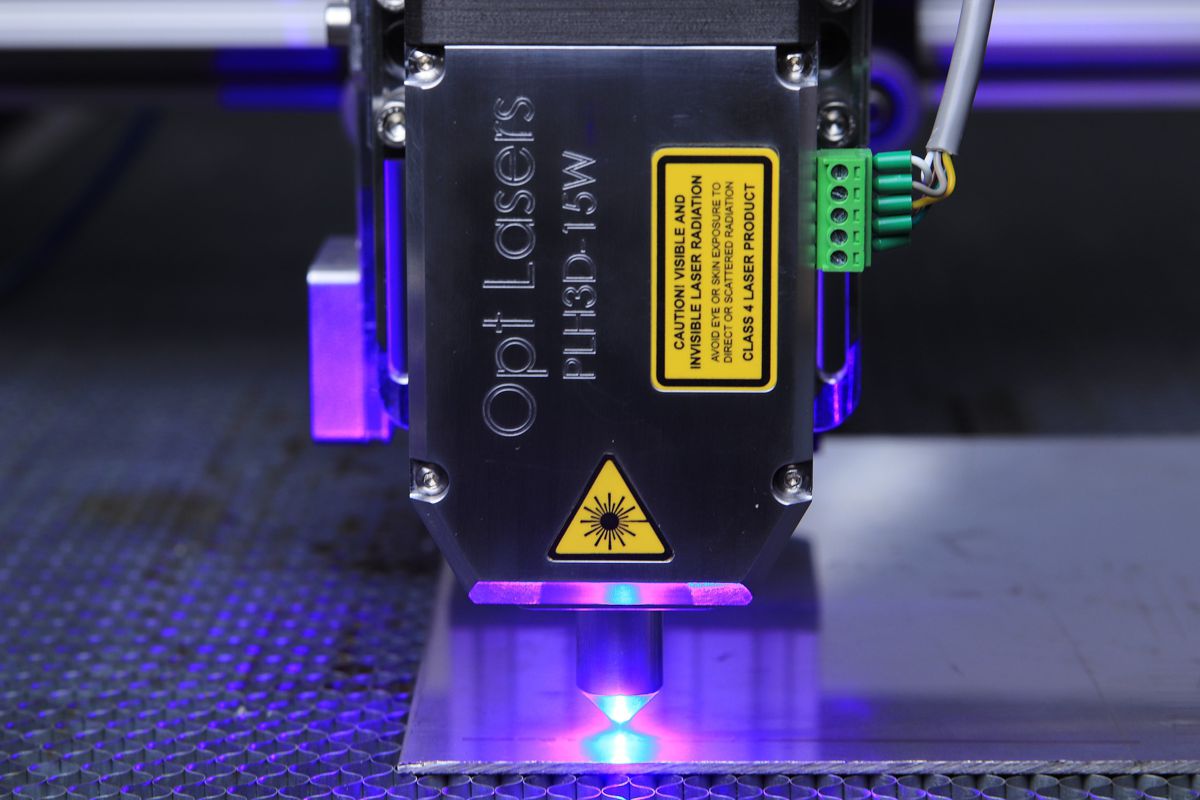
Engineering of laser technology
Several sectors are increasingly adopting robotics, but none has seen as much seamless integration as manufacturing and production engineering. Engineering-related assets are in high demand for laser marking, which may be required for a variety of industrial applications requiring part fabrication.
It is vital for these companies to precisely and permanently identify assets in order to regulate and track them throughout their entire life cycle. Laser marking technologies are becoming an increasingly popular choice for identifying components to track their life cycle due to their precision and permanence.
When compared to traditional technologies such as rotary engraving or dot-peen systems, using laser technology to mark goods offers various advantages. Engineers can use lasers to permanently mark a wide range of data, including serial codes, matrixes, component numbers, pictures, and lot coding, which can all be essential for quality assurance and tracking. Additionally, laser marking allows a non-contact, fast application of a design that does not compromise the material’s integrity and allows for exact marking repetition with no variance between end products.
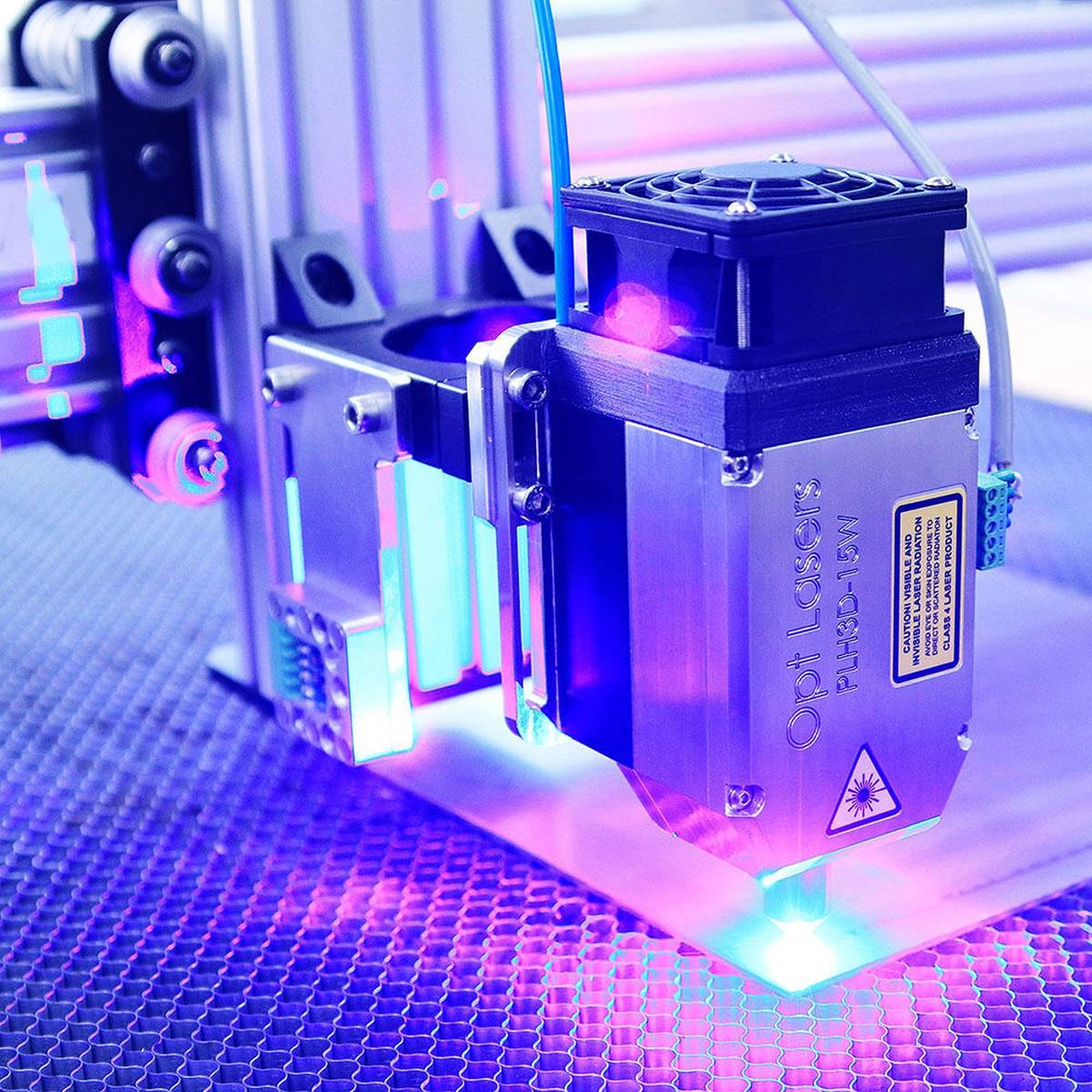
QR codes are another current necessity for accurate marking. Digital, scannable codes are commonly used for providing a range of data to anyone who scans them, detailing information to facilitate part identification or lifecycle tracking, among other examples. Depending on the application, scanning a laser-engraved barcode with a smartphone can reveal when a machine or piece of equipment was last serviced – a vital aspect of robotics to ensure that the parts used are functioning and can be monitored closely.
As a result, laser marking is the leading choice for large and small-scale manufacturing lines alike, since it enables quick and precise identification of objects throughout their life cycle. It is also incredibly valuable in businesses where traceability is vital – for example, when the output concerns the safe manufacture and delivery of consumer goods.
Lastly, laser marking technology is a great tool for engineers looking for precision and traceability in robotic units or other manufacturing lines. Because of its reliable ability to permanently identify goods, laser marking is an ideal option for engineers attempting to ensure quality and longevity. With fewer moving parts, it provides a cost-effective method of increasing production to whatever size, efficiency, and quality is desired.

Article by Aled Ellis, Managing Director at The Needham Group. The Needham Group is the parent company of ink manufacturer and coding printer supplier Needham Ink Tech, industrial laser systems manufacturer Needham Laser Tech, and marking equipment and consumables supplier Needham Technologies IRE.




